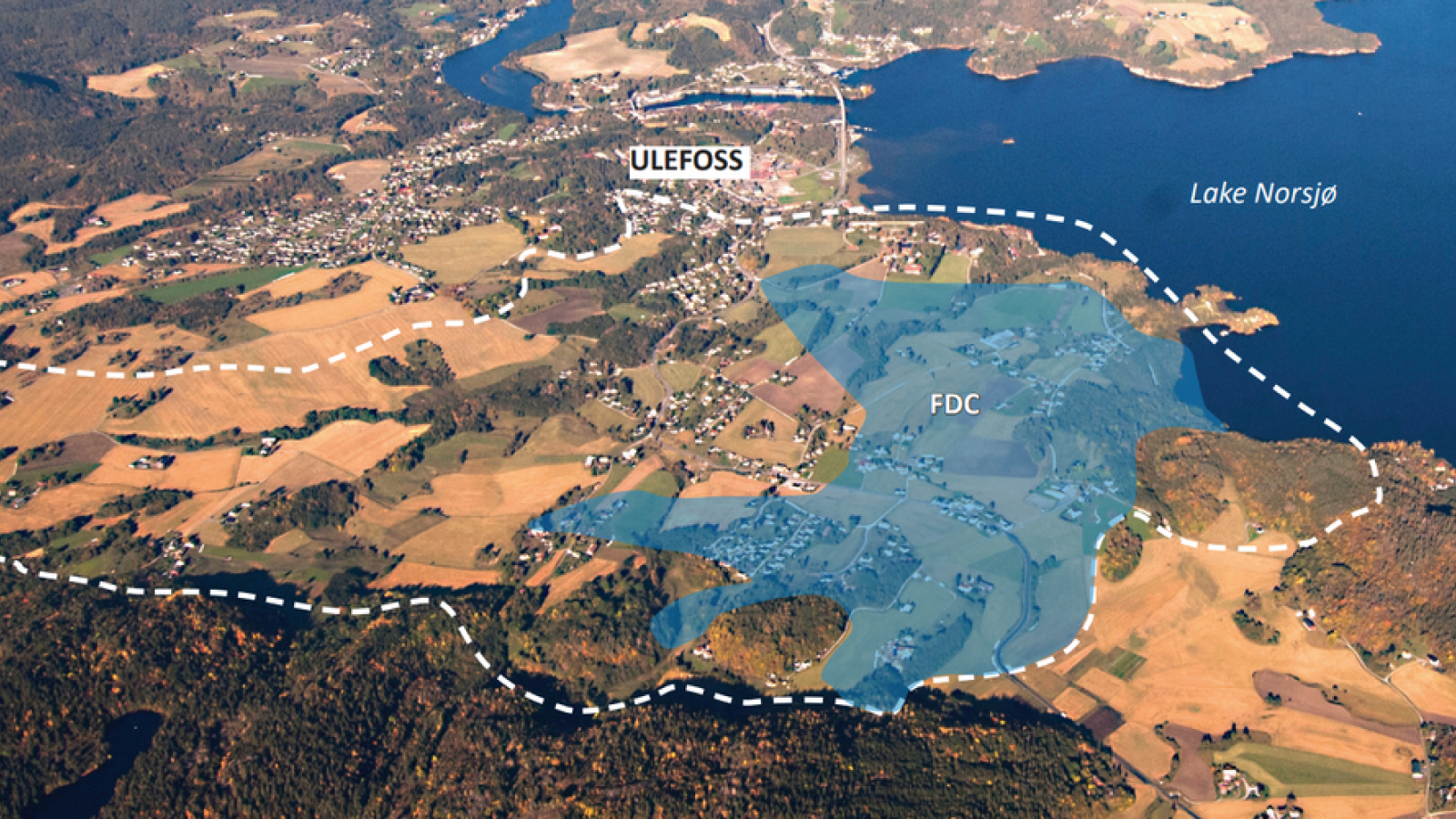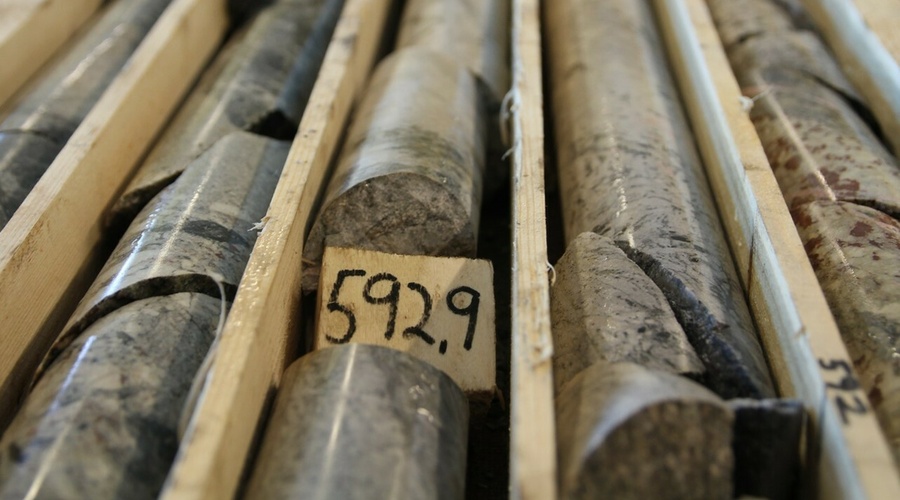Enormous deposit of rare earth elements discovered in heart of ancient Norwegian volcano
The Fen Carbonatite Complex may be Europe's key to a secure rare-earth-element supply chain following the discovery of a huge deposit at the site.

The heart of an ancient volcano in Norway hosts Europe's largest deposit of rare earth elements, according to the mining company Rare Earths Norway.
On June 6, the company released a report on the deposit, which found that there is an estimated 8.8 megatons of rare earth oxides available in the outcrop. About 1.5 megatons of that is expected to be rare earth magnets, which are used in wind turbines and electric vehicles.
"[T]he resource estimate underscores the potential of the deposit to be a truly transformative asset that can underpin a secure rare earths value chain for Europe," Rare Earths Norway CEO Alf Reistad said in a statement.
The deposit, known as the Fen Carbonatite Complex, sits southwest of Oslo near Lake Norsjø. Some 580 million years ago, the complex was the pipe of an active volcano. Now long dead, the upper part of the volcano has eroded away, exposing this magma-filled pipe, which is about 1.2 miles (2 kilometers) in diameter, to the surface.
The magma solidified into carbonatite, which is rock chock-full of minerals that bear certain forms of carbonate molecules. According to Rare Earths Norway, this once-molten magma now holds economically important rare earth elements such as neodymium — a metallic element used to make magnets — and praseodymium, also used in magnets as well as in other applications like aircraft engines.
The mining company estimate focuses on the upper portion of the ancient volcano's guts, down to 1,535 feet (468 meters) below sea level. According to the company statement, there are likely deposits down to about 3,300 feet (1,000 m) below sea level.
The company plans to continue exploratory drilling and will also build a pilot plant near the outcrop for processing the ore into pure rare earth elements. According to a 2023 report from The Oxford Institute for Energy Studies, about 70% of the world's supply of rare earth elements are mined in China, and 90% of all rare earth elements are processed there.
Get the world’s most fascinating discoveries delivered straight to your inbox.
However, these 17 elements, which are crucial for technologies such as touch screens and batteries, are actually distributed widely. Countries around the globe are aiming to secure their own domestic supply chains for these minerals. In the U.S., for example, researchers are looking in coal mines, where mining activity is already occurring, to see if rare earth metals might become the next product of these mines.

Stephanie Pappas is a contributing writer for Live Science, covering topics ranging from geoscience to archaeology to the human brain and behavior. She was previously a senior writer for Live Science but is now a freelancer based in Denver, Colorado, and regularly contributes to Scientific American and The Monitor, the monthly magazine of the American Psychological Association. Stephanie received a bachelor's degree in psychology from the University of South Carolina and a graduate certificate in science communication from the University of California, Santa Cruz.



